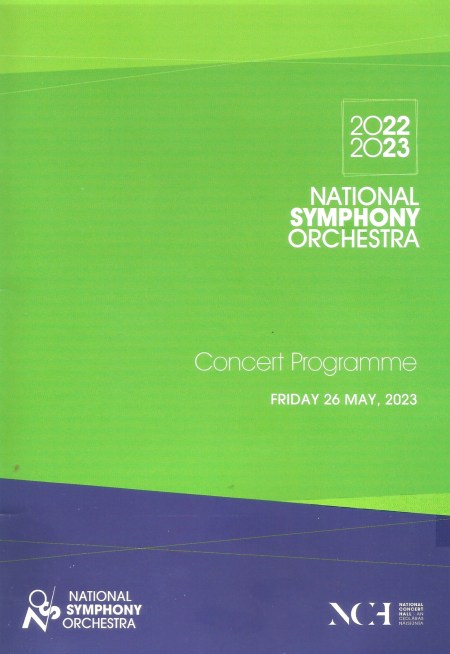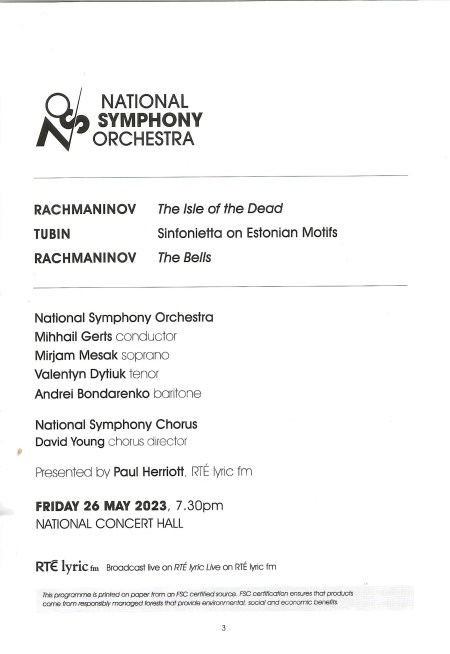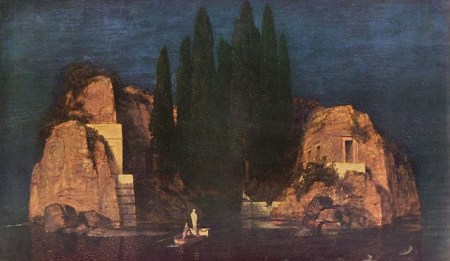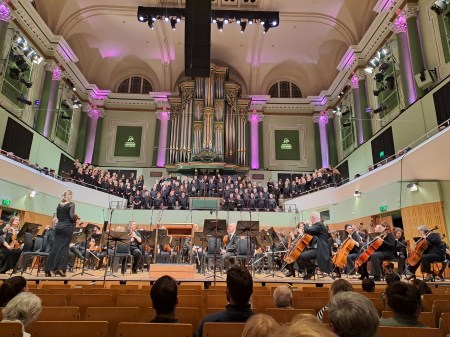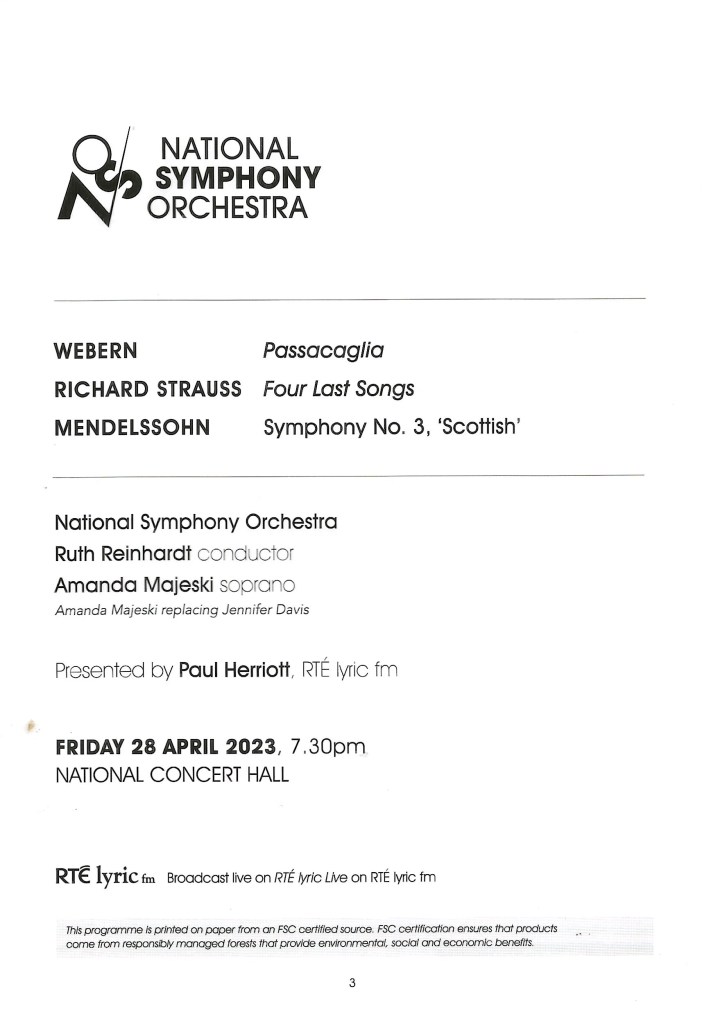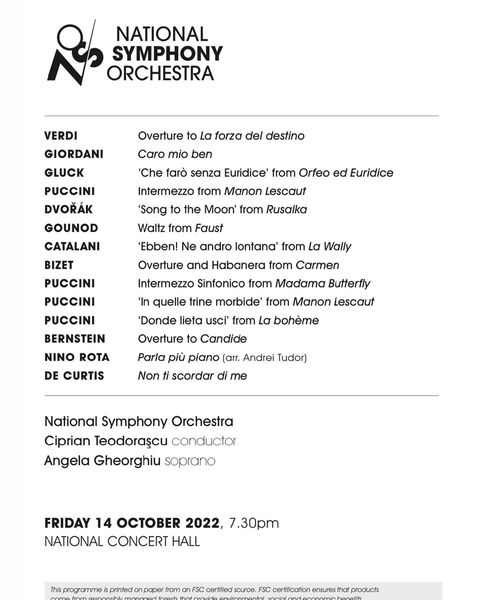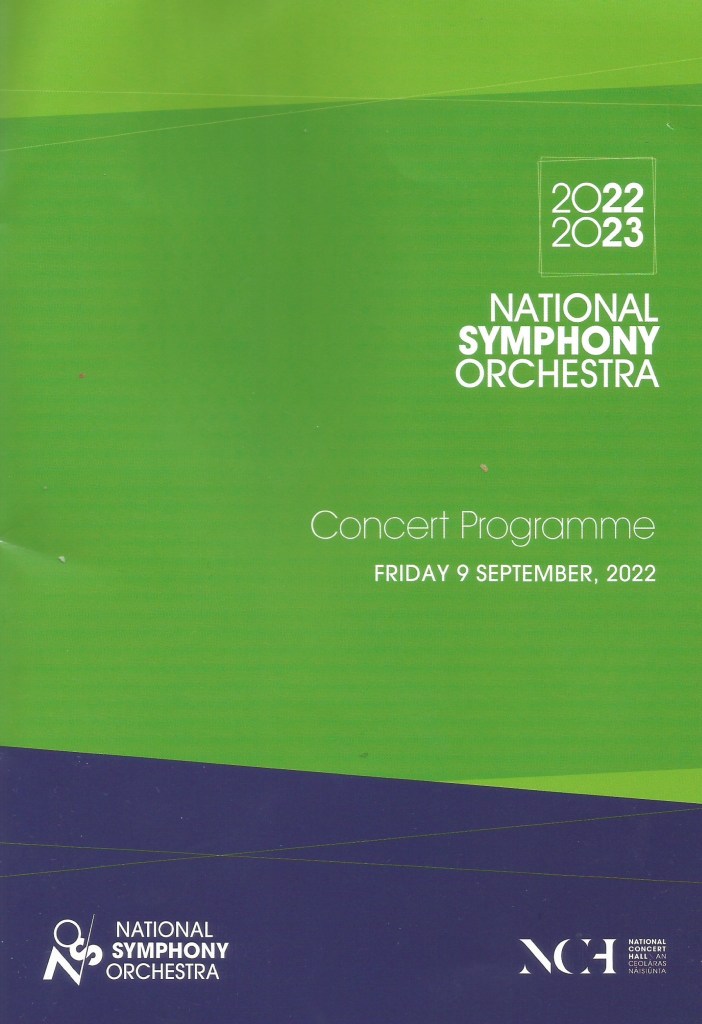Last night I went to the Opening Concert of the new season by the National Symphony Orchestra at the National Concert Hall in Dublin. I’ll be away for most of the year, so I thought I’d make the most of the time I’ve got before I depart to get a fix of culture.
This year is the 75th anniversary of the founding of the National Symphony Orchestra, and the very first piece they performed at their very first concert back in 1948 was Academic Festival Overture by Johannes Brahms. I found it an especially fitting piece because this week we have been having graduation (conferring) ceremonies all week in Maynooth. It’s a familiar work, but provided an enjoyably upbeat start to the show.
The next piece was a a world premiere of a special commission for the National Symphony Orchestra. I was looking forward to this because it was to be the first time I’ve ever heard the uilleann pipes on the concert stage. The piece is a lot of fun, full of great tunes and robust humour. The uilleann pipes are a rather quiet instrument, however, and I have to say I hardly heard a note from them over the rest of the orchestra. At the end a Scottish piper walked on stage to play the bagpipes during the finale. These pipes are a much louder instrument, and even they were hard to hear with the rest of the band on full throttle.
Anyway, after the wine break, we had the Symphonie Fantastique by Hector Berlioz. I was put off this piece at school by a teacher who was obsessed with it and spent nearly a whole term banging on about how wonderful it is. While it is undoubtedly very imaginative – and very innovative for a piece written as early as 1830 – I remain unconvinced by all the hype. It’s basically a fever dream resulting from the composer’s experiments on opium and I find it rather gimmicky. Nevertheless, there is much to enjoy in a live performance of the work. Conductor Jaime Martín began the performance with a genial introduction to some of the “crazy” elements which he got the relevant musicians to play snippets representing, for example, the bubbling cauldron in the last movement which represents witches doing their stuff.
After the full performance the National Symphony Orchestra got a standing ovation. I joined in only briefly because the conductor’s introduction to the Berlioz meant that the concert was longer than I expected and I had to leave to catch my train back to Maynooth. I needn’t have worried. The train was 20 minutes late.

